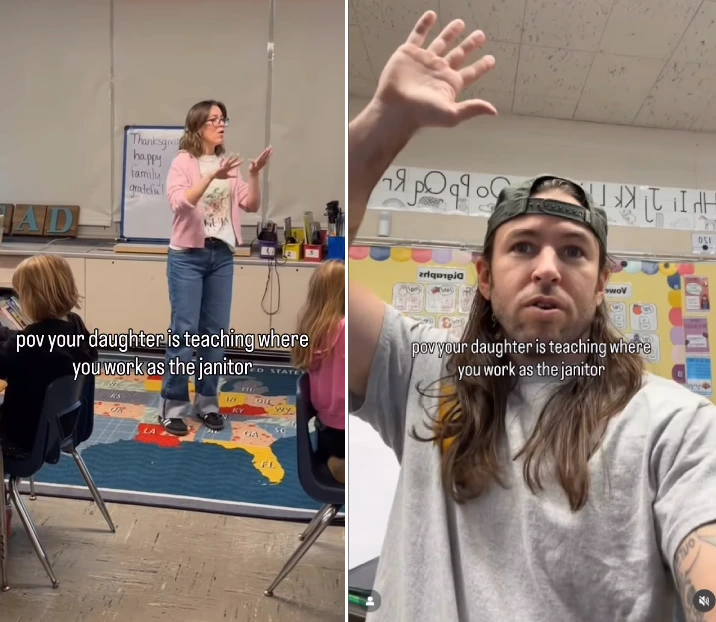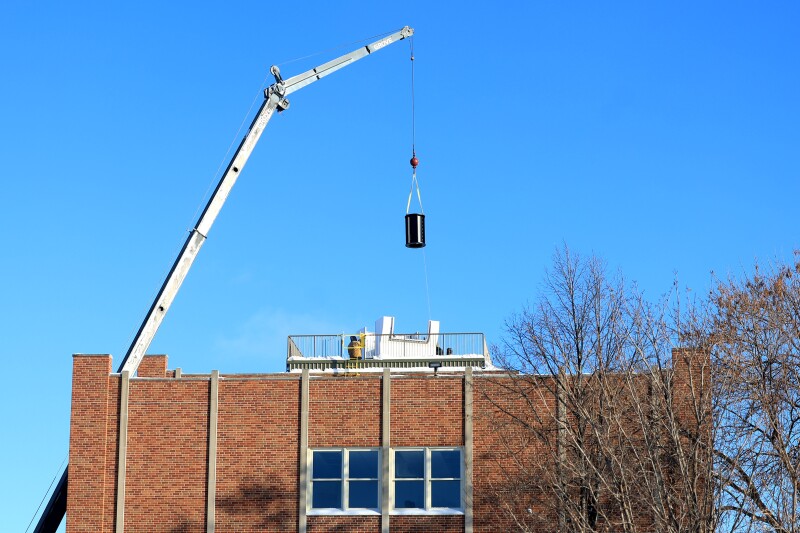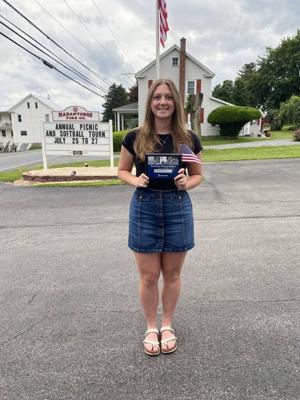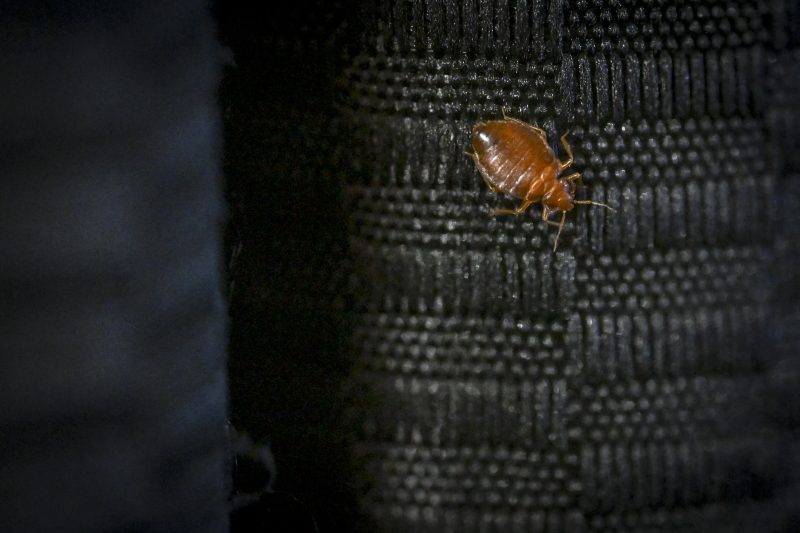Tesla Secures Approval for Ride-Hailing Service in Arizona
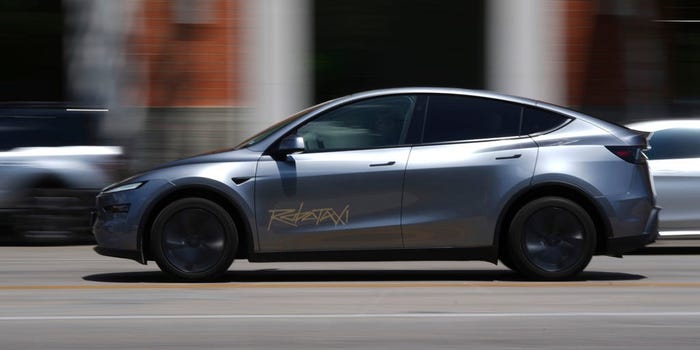
UPDATE: Tesla has just received official approval to launch its ride-hailing service in Arizona, marking a significant expansion in its operational footprint. The Arizona Department of Transportation confirmed this development on November 17, 2023, allowing Tesla to operate as a Transportation Network Company (TNC) in the state.
This critical move comes as Tesla plans to broaden its robotaxi service area, with CEO Elon Musk announcing ambitions to introduce the service in up to 10 cities by the end of 2025, deploying more than 1,000 vehicles. Simultaneously, the company expanded its app access to all iOS users across the U.S. and Canada on Tuesday, amplifying user engagement and service potential.
Tesla submitted its TNC permit application on November 13, and the approval signifies a major step towards integrating autonomous vehicle technology into everyday transportation. A spokesperson from the Arizona Department of Transportation confirmed, “Tesla has met the requirements to operate as a TNC and is permitted as of November 17.”
In addition to ride-hailing, Tesla has submitted a “self-certification” indicating plans to test autonomous vehicles in Arizona, which has less stringent regulations compared to states like California. The Arizona framework requires companies to file a “Law Enforcement Interaction Plan,” detailing emergency protocols and federal law compliance.
Tesla currently runs its robotaxi services in Austin and the San Francisco Bay Area. However, users have reported mixed experiences with the service, citing issues with wait times. Earlier today, Business Insider noted that the app indicated “high service demand,” suggesting users check back later. Just minutes after, the app estimated a wait time of 12 minutes for a vehicle.
As Tesla forges ahead, the impact on local transportation options and the competitive landscape remains to be seen. With autonomous technology rapidly evolving, Tesla’s initiatives could reshape urban mobility significantly.
The immediate question is how Tesla will manage safety protocols in Arizona. In the Bay Area, state regulations mandate a safety monitor to be present in the vehicle, but it remains unclear if similar measures will apply in Arizona or if monitors will occupy passenger seats, akin to Tesla’s pilot service in Austin.
Stay tuned for further updates as Tesla continues to innovate and expand its reach in the ride-hailing market. The implications for consumers and the transportation industry are profound, and this is a developing story that promises to evolve rapidly.


